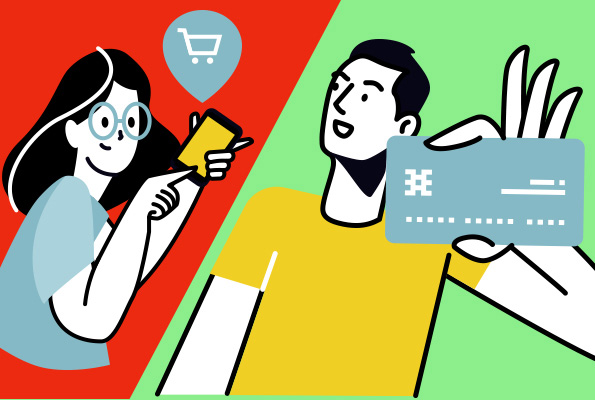Digital payment services include contactless, cashless, and paperless payment techniques. Through services like smartphone apps and AI/machine learning, technology has enabled the world to adopt these more practical money exchanges. According to Statista, the use of digital payments is anticipated to increase by 5.4% in 2023. Since cash is dwindling in use and contactless transactions are highly sought after, both businesses and customers are interested in faster, safer, and more practical payment solutions.
Here are five digital payment methods for consumers and businesses that are trending today.
Digital Wallets
A digital wallet functions as a virtual card that resides on your smartphone. It enables you to make purchases out and about by tapping, just like contactless card payment. A ready-to-use wallet is included with almost every smartphone. For example, Apple Pay on the iPhone, Samsung Pay on Samsung devices, and Google Pay on other Android devices. From a business point of view, mobile wallets are fantastic as they are simple and easy to accept. Most in-person POS (point of sale) systems that support contactless payments also accept mobile wallet payments.
Peer-To-Peer Payments
Users can find one another and conduct online transactions using digital peer-to-peer (P2P) payment platforms; well-known examples include PayPal and Venmo. These assists keep the other person’s bank information secret by connecting the payer and payee’s bank accounts and enabling users to make a payment without using their bank information. All one needs is the phone number or email address. P2P payments are a helpful approach to start collecting payments for those operating a market stall or a small business service. However, this may not always be the most practical choice for larger businesses.
Social Media Payments
Facebook, Instagram, and Pinterest are just a few of the social media platforms that now permit businesses to accept payments for goods and services directly from within their apps. For instance, Facebook Pay is a free payment option available to all Facebook users that is both commercial and consumer friendly. Users only need to add their bank information in order to send and receive money with the press of a button. With low processing costs, these payments are affordable.
Mobile Banking
Mobile banking is a service offered by banks through their smartphone apps for conducting digital transactions. After the introduction of UPI (Unified Payments Interface) and mobile wallets, the scope of mobile banking significantly increased. The phrase “mobile banking” refers to a wide range of services that can be accessed via mobile devices like smartphones.
Internet Banking
Internet banking is the practice of carrying out financial transactions while at home with a smartphone, laptop, or desktop with a live internet connection. Internet banking can be used to complete all of the primary types of transactions. Due to the availability of internet banking services, it is a common alternative for carrying out digital transactions.



